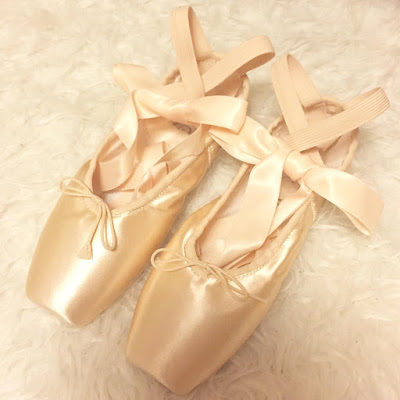The Sad Royal History of St. Bavo's Abbey in Ghent

Imperial Interferences with disastrous consequences In Ghent, the capital of Eastern Flanders in the northern part of Belgium, there once was a beautiful Abbey called the Saint Bavo's Abbey. However due to Imperial Interferences, this Abbey was demolished in the 16th. century. Luckily for us, there still are a few traces from the Saint Bavo's Abbey and it still has a wonderful royal history. St. Bavo's Abbey and the eldest wall of Ghent Royal history Saint Bavo's Abbey was founded in the 7th. century by Saint Amand, who also founded the Saint Peter's Abbey in Ghent. Originally the Saint Bavo's Abbey was called Ganda, which meant "river mouth in Celtic" referring to the location of the area. Louis the Pious , the youngest son of Charlemagne and also King of the Franks, from 814-840 chose Einhard as abbot of the St. Bavo's Abbey. Einhard was the biographer of Charlemagne. In the 9th. century, the St. Bavo's Abbey was raided twice by the Vi...


